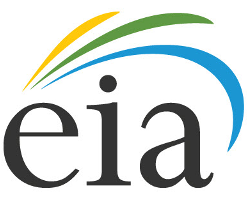
 











|
Signature Sponsor


October 14, 2020 - EIA bases its energy forecasts and projections on data from numerous sources, combined with assumptions and mathematical methods. To understand the projections, their proper uses, and their limitations, customers need information on the underlying concepts and assumptions. EIA’s new Handbook of Energy Modeling Methods explains, in plain language, the processes EIA uses to produce long- and short-term projections of key energy market statistics. To generate energy forecasts and projections, EIA develops and maintains three major modeling systems:
Each system is modular, and its components project energy supply, demand, or conversion sectors, such as natural gas supply, residential demand, and electricity conversion. The Handbook of Energy Modeling Methods contains a section for each module of each modeling system. Because we are still developing the Handbook, not all sections listed below are currently available. The plain language model descriptions are in Part A of the Handbook. Part B is a technical appendix that provides in-depth descriptions of the main methods used in the three modeling systems.[1] |
 








|